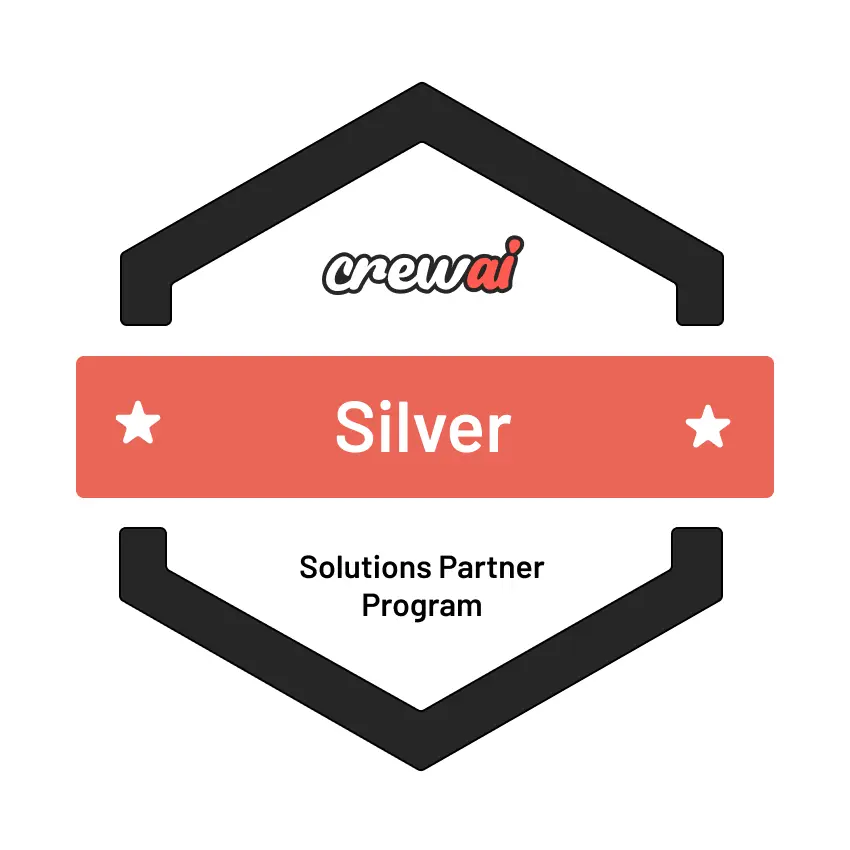
Key Takeaways
- Prompt engineering is crucial for optimizing AI agent performance, enabling them to generate more accurate, relevant, and context-aware responses across various industries and use cases.
- Techniques like zero-shot, few-shot, chain-of-thought, and instruction-based prompting are critical tools, each designed to handle different levels of complexity and domain-specific requirements.
- Tailored prompt engineering strategies across sectors like healthcare, finance, manufacturing, retail, and education ensure better personalization, compliance, operational efficiency, and improved user experiences.
- The future of prompt engineering is shifting toward prompt orchestration, where multiple AI agents collaborate intelligently, leveraging technologies such as retrieval-augmented generation and embedding-based context retrieval.
- Fine-tuning AI models with domain-specific knowledge yields more abstract and concise prompts, resulting in more intelligent, more adaptive, and contextually aware AI systems capable of autonomous decision-making.
Artificial intelligence agents have proven effective in a wide range of sectors. One primary reason behind this is the automation of complex procedures and the improvement of customer service. From medical to manufacturing and finance, artificial intelligence agents have allowed enterprises to reduce costs. Furthermore, it has successfully offered better customer service, which has helped firms build trust. However, to reap the benefits of AI agents, companies must ensure that they are properly instructed. This discipline is known as prompt engineering.
Prompt engineering consists of developing strategic and precise prompts. This enables the retrieval of relevant and context-aware answers from AI systems. As companies utilize AI agents, there is a requirement for technical yet contextually relevant prompt design. A well-engineered prompt can not only make accurate predictions but also enhance the overall performance of AI agents. For example, in the healthcare industry, prompt engineering allows medical experts to recommend suitable treatment options to patients. Apart from this, it also allows them to keep a record of patient history.
Also read: The Ethics of Autonomous AI Agents, Risks, Challenges, and Tips
Understanding AI Agent Prompt Engineering
Prompt engineering is a crucial technique for the deployment and design of AI agents. These are agents that large language models are specially designed to power. It includes the formulation of inputs known as prompts. These prompts enable AI agents to generate accurate outputs and align with the user’s intent. At its core, prompt engineering is about the conversation that happens between humans and machines. Because large language models cannot understand objectives in the same way humans do, prompts are helpful.
Some of the significant techniques of prompt engineering are listed below:
1. Zero-shot Prompting
This technique involves asking an AI model to complete a task without any prior work samples. For example, “Write a conclusion for this article” is a zero-shot prompt. This approach depends on the knowledge of an AI model. The technique is suitable for basic tasks and is utilized when a lightweight prompt is needed.
2. Few-shot prompting
Few-shot prompts consist of several examples, allowing models to understand the expected tone and, for instance, offering work samples of how to classify customer feedback before asking the AI model to generate a new one. This is advantageous in tasks that require domain-specific understanding.
3. Chain-of-thought prompting
This technique allows the AI model to reason through all the crucial steps. Rather than asking for an answer, the prompt is created to help the model through a logical reasoning path. For example, “Let us solve this step-by-step” is highly advantageous if your business is in a complex situation.
4. Instruction-based prompting
This technique offers illicit comments or guidelines to the AI agents. For example, “Generate a professional email and accept the offer.” This approach is precise, making it valuable in corporate settings where tone, clarity, and structure are key.
All of these techniques are not one-size-fits-all. They are tailored to the different requirements of specific sectors and use cases. For example, in medicine, few-shot prompting with anonymized examples ensures that an AI agent provides safe and suitable interpretations of clinical data.
Technical Approaches by Industry
Prompt engineering has a profound impact in numerous fields. We have listed some of them below:
1. Healthcare
AI agents in the healthcare industry support various tasks, including patient engagement, documentation, medical transcription, and diagnostics. Practical engineering in this sector prioritizes factors such as empathy, accuracy, and compliance.
Approaches:
- Contextual enrichment: Prompts include patient history, symptoms, and test results.
- Template-based prompts: Standardized templates guide consistent outputs (e.g., SOAP notes).
- Domain adaptation: Medical terminologies and clinical guidelines are embedded in the prompts.
2. Finance
In finance, AI agents assist in detection, risk assessment, customer service, and investment analysis.
Approaches:
- Precision prompts: Designed to extract concise, numeric, or fact-based information.
- Scenario-based prompting: Simulate financial situations for predictive analysis.
- Sentiment and trend prompts: Analyze market data and client sentiment using tailored inputs.
3. Manufacturing
When it comes to quality control and predictive maintenance, the manufacturing industry enjoys several advantages from AI agents.
Approaches:
- Instructional prompts: Guide agents to troubleshoot issues or schedule maintenance tasks.
- Data-driven prompts: Incorporate sensor data, logs, and production metrics to inform decision-making.
- Step-by-step decomposition: Best used for assembly tasks and intricate procedures.
4. Retail and E-commerce
To keep the E-commerce businesses growing, AI agents help them enhance customer support. Additionally, it also maintains a complete inventory, meeting customer requirements.
Approaches:
- Persona-based prompts: Customize responses based on customer profiles.
- Behavioral prompts: Utilize your browsing history to receive tailored suggestions.
- Multi-turn dialogue prompts: Support complex customer interactions.
5. Education
AI-powered tutors, content generators, and administrative assistants are transforming education.
Approaches:
- Adaptive prompting: Adjusts content difficulty based on the learner’s proficiency.
- Socratic questioning: Prompts reflective answers to promote critical thinking. Multi-format prompts: We take pride in offering outputs in multiple formats, including explanations and texts.
Future Directions in Prompt Engineering
As AI agents possess skills in autonomy, prompt engineering is designed to refine them into a more sophisticated discipline called prompt orchestration. Unlike conventional prompt engineering, which focuses on developing individual prompts, prompt orchestration handles multi-agent workflows. This includes coordinating AI agents that communicate with each other and consider customer needs. The future of AI will increasingly rely on this orchestrated intelligence, especially in complex enterprise environments where agents must collaborate across systems and modalities.
One of the most transformative shifts will come from the rise of multi-modal AI agents that process and respond to not only text but also images, audio, and video. In such environments, prompts will need to be more context-aware and flexible, incorporating diverse input types and tailoring responses accordingly. This means prompts could include embedded images or voice commands, enabling richer and more intuitive human-AI interaction.
Technological advancements such as Retrieval-Augmented Generation (RAG) will further redefine how prompts are constructed. RAG combines the power of external knowledge retrieval with generative capabilities, allowing agents to pull real-time, domain-specific information to enhance response accuracy. Rather than relying solely on static training data, agents can dynamically access relevant documents or databases, crafting more informed outputs.
Additionally, embedding-based context retrieval is revolutionizing how information is passed into prompts. By converting text or documents into vector embeddings, AI agents can identify and extract the most contextually relevant information for any given task, significantly improving precision and efficiency.
Finally, fine-tuning remains a powerful tool for domain-specific customization, allowing prompts to become shorter and more abstract as models internalize specialized behavior. Together, these advancements mark a shift from static prompt design to dynamic, intelligent orchestration—empowering next-generation AI agents to be more adaptive, collaborative, and contextually aware.
Conclusion
Technical prompt engineering is a foundational skill in deploying AI agents across industries. By tailoring strategies to sector-specific needs, businesses can harness the full potential of AI agents while ensuring reliability, compliance, and user satisfaction. With continued innovation, prompt engineering will remain central to unlocking intelligent, efficient, and impactful AI-driven workflows.








